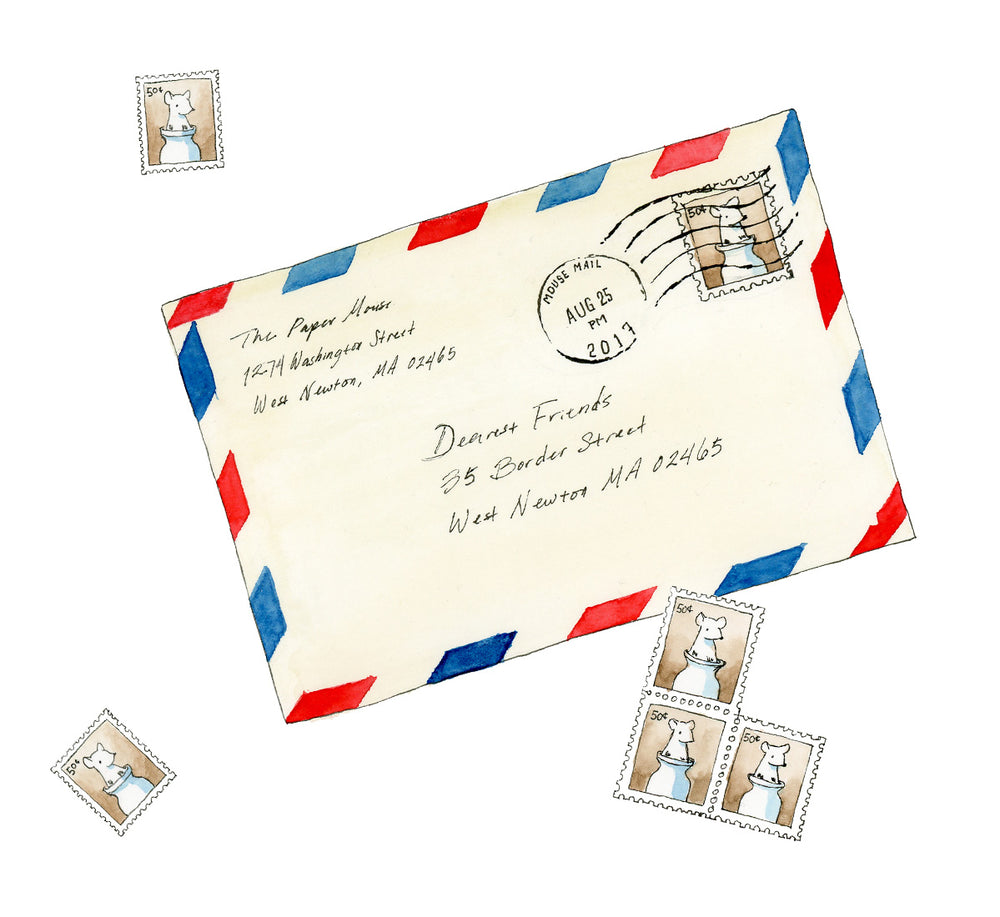Botanical Inspiration: Herbaria

Today, on the first day of summer, we’re surrounded by lush but ephemeral plant life on every side. If you’ve ever tried to capture the beauty and vibrancy of plants, whether through drawing, photography, or some other means, you may find inspiration in a very old tool of botanical study: an herbarium.
An herbarium is in essence a plant dictionary: a collection of plant specimens that are preserved, organized, and documented to serve as a botanical reference. The plants in an herbarium are most often pressed and mounted in a book, but they can also be stored unbound in cabinets, envelopes, or jars, where they’re protected from light, humidity, and insects.
Historically, herbaria have served as references for scientific study. They were first used by physicians in the 16th century to study specimens of medicinal plants, and later became widely used by taxonomists and botanists, from famed scientists like Carl Linnaeus to passionate amateur naturalists like Henry David Thoreau and Emily Dickinson. Today, they are often housed in museums, universities, and botanical gardens, where they are still used as scientific reference collections.
Why keep an herbarium?
If you are interested in botany, an herbarium is an invaluable resource. As a taxonomy tool, it’s used to organize plant species by family and genus, identify plant species, and name new species. Herbaria are also troves of information about the way plants grow, from the habitats they grow in to when they flower and produce seeds. Today plant specimens are even used as DNA sources to study plant evolution. Over time, an herbarium becomes a record of how plant life is affected by climate change, invasive species, and other factors.
Keen gardeners may find an herbarium a useful reference to keep track of plant varieties they grow or even of weeds and invasive species they find in the garden.
In addition to their value in scientific study, herbaria are also beautiful objects and fascinating records of history. It’s stunning and strangely moving to look at an herbarium from a past century and recognize a plant you still see today that was alive hundreds of years ago.
How to keep an herbarium
Thinking of starting your own herbarium? It’s not hard to do: you’ll simply need a book to keep specimens in and glue or tape to mount them. It’s best to use archival paper and adhesive to mount your plants, to help preserve them over time.
To preserve plant specimens, you can press them between the pages of a heavy book and stack a couple of additional books on top to help flatten them. Layer the fresh plants between a couple of layers of parchment paper, cardboard, or scrap paper while pressing to help absorb excess moisture. A wooden flower press works equally well. Before pressing your plants, arrange them so that all their important characteristics are visible, showing both sides of their leaves and petals.
After your plants have dried completely, mount them to the page using archival PVA glue, or attach them at several points with thin strips of archival tape. Particularly large or heavy specimens can also be stitched to the page with thread for extra support. Make notes on the page about each specimen: its name, where and when you collected it, and other information of interest.
Your herbarium can be a broad collection, or it can be organized around a location or theme: you may choose to collect lichen, wildflowers, native plants, dye plants, herbs, or tree leaves.

Taking inspiration from herbaria
Even if you’re not particularly passionate about plant science, an herbarium is a beautiful object, and the form of its pages can provide inspiration for journaling, card-making, crafting, and more.
- If you keep a travel journal, pressing local flora into its pages can bring you back to a place you’ve visited. Try collecting a few specimens on your next trip* and take notes on where you found them, describing your surroundings and your experience in that place. See if you can identify the plants you collect and take note of whether they also grow in your region.
- The pages of herbaria often look like works of art. Take inspiration from their form to create art for your home by pressing, arranging, and framing specimens to hang on your walls. You can even pay homage to the herbarium’s roots as a medicinal reference by creating a reference chart for your kitchen, using pressed leaves from herbs or medicinal plants. You can also use pressed flowers and leaves to create herbarium-inspired cards and stationery.
- One of the precious things about an herbarium is the way it freezes an ephemeral life form in time, so it can be appreciated throughout many seasons and generations. You can do this, too, by sharing pressed plants with others. Include a flower or leaf from a past season in a letter to a friend, or enclose one in a library book with a note about where and when it was collected, for someone to find later.
Feeling inspired by these beautiful botanical collections? We’d love to see what you make! Share pictures of your herbarium or floral craft projects with us @papermouseshop on social media.
Plus, check out our Herbarium Inspiration collection for some of our favorite botanical stationery and craft supplies!
*A note about collecting plants: there are restrictions on bringing plants across international borders, so know the rules before you travel.
As you collect specimens, it’s always best to know what plant you are collecting, so you can protect yourself and the environment. Take care not to remove plants from protected areas or to collect endangered species, and handle with care any plants that are toxic or irritating to the skin.
References:
https://www.floridamuseum.ufl.edu/science/what-is-a-herbarium/
https://www.britannica.com/science/herbarium-botany
https://www.brown.edu/research/projects/herbarium/about/what-herbarium
https://www.woodland-ways.co.uk/blog/flora/starting-your-own-herbarium/



What a lovely idea! I’m going to preserve leaves from my tomato plants, kale, peonies, and Japanese cut leaf maple for a different “view” of my front yard.
Leave a comment